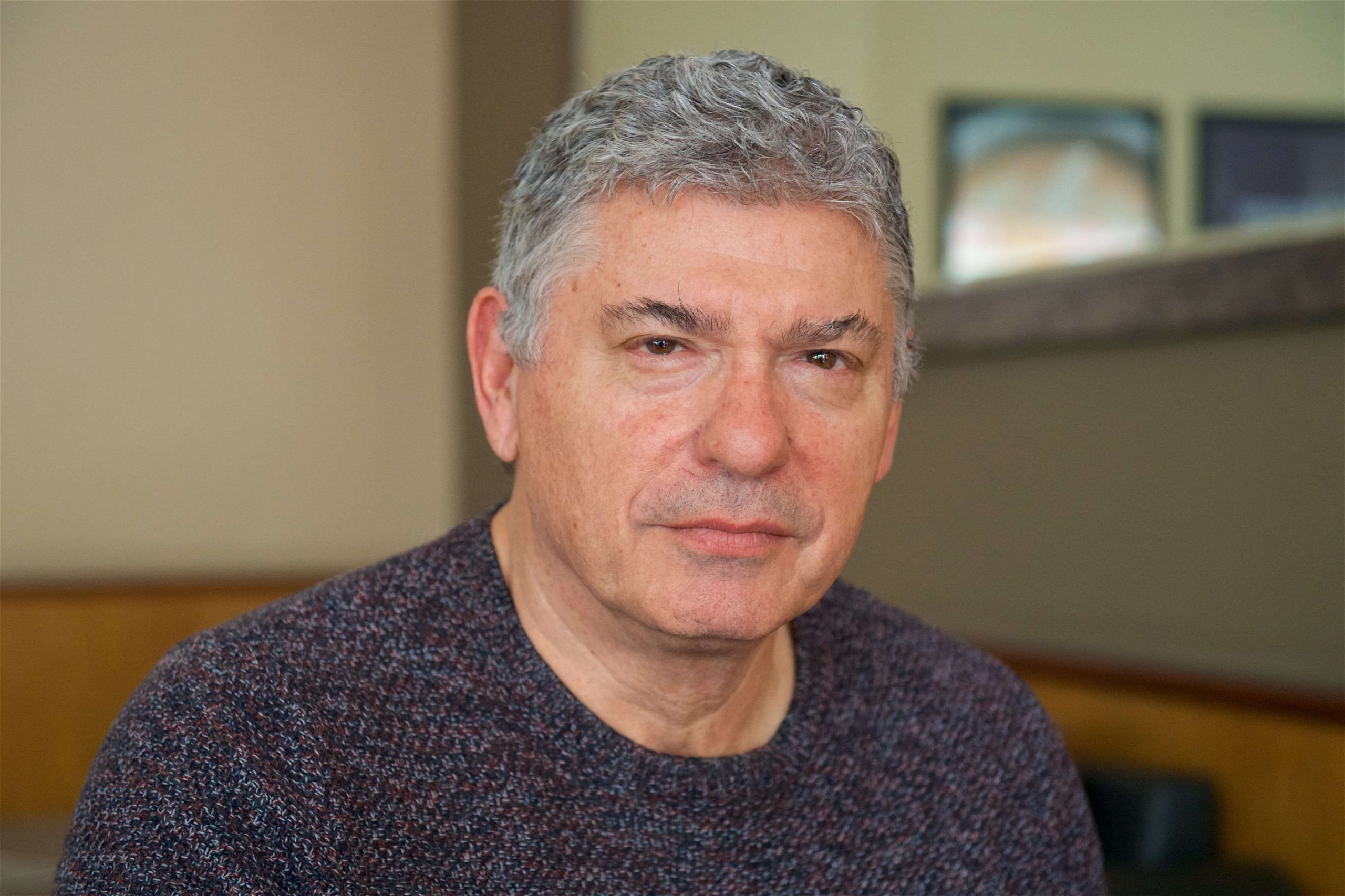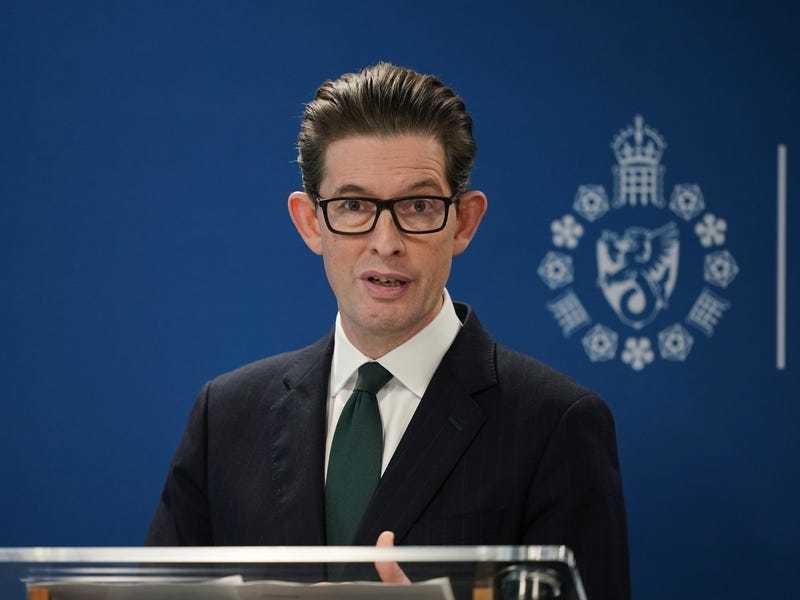By Dennis Sale
IN my previous column, the focus was on motivation, which is both an essential initiator and a maintainer in the learning process, but it does not “do” the learning. The learner must take responsibility and do the necessary action to acquire the knowledge and skills needed to meet desired learning goals. Central to this process is the building of understanding of what to do and how to do it. In this column, the focus is on what understanding entails and how it is actively developed through mental activity and cemented neurologically in the brain.
The most important cognitive activity for building understanding is thinking, which comprises critical and creative thinking and, most importantly, metacognition – what I refer to as “Metacognitive Capability” (Sale, 2020). This is the most essential 21st century competence and will constitute the major focus (along with AI) in the educational landscape now and for the known future.
Paul (1993) summarised the importance of thinking nicely: “The thought is the key to knowledge. Knowledge is discovered by thinking, analysed by thinking, organised by thinking, transformed by thinking, assessed by thinking, and, most importantly, acquired by thinking.”
Thinking involves conscious mental activity (though much also occurs sub/unconsciously) to effectively connect new information from the environment to what we already have stored in our long-term memory.
Understanding is an ongoing process involving the progressive building of mental models (psychologists called these schematas) in the mind and neurological networks in the brain.
A simple analogy of how the mind and brain work in building understanding is that of doing a jigsaw puzzle, where each piece is relevant to the whole picture, but the whole cannot be inferred until there are sufficient pieces put into the appropriate structure for the learning area.
As more pieces are property fitted, understanding builds up until the full picture is visualised and made meaning of. In human learning, there are different levels of complexity; the greater the complexity, the longer it typically takes to get that “ahah” feeling – which occurs as you master a new level of understanding. One could take the analogy further and offer the notion that life itself is one massive jigsaw puzzle – without much by way of the finished picture on the box.
Memory is what’s left after thinking
In educational circles there has often been debate about memory and thinking, with some arguing that there is too much focus on memorisation, and there should be a greater emphasis on thinking. Well, yes, and no.
There is often confusion about what constitutes both memory and thinking, so let’s get some clarity on this. Experts have a deep understanding of the knowledge in their fields (nicely stored as mental schemas in their long-term memory) and can apply this skilfully in real work problem solving. For example, expert car mechanics fully understand the workings of cars and can quickly diagnose mechanical faults and do the necessary repairs.
Those who have a strong mastery of the learning process can do similar diagnoses, repair and improvement with their minds and brains. Now, the brain is much more complex than any car (around 86 billion neurons enable trillions of connections in a three-pound lump of greyish matter – that’s some piece of kit). However, cognitive neuroscience is increasingly providing us with useful models of what effective and efficient learning involves and how to do it. Hence, if you can master the learning process, and this does take some personal effort, you can increasingly become the “mechanic of your own mind” – a nice state to be in, both for learning and personal wellbeing.
Whenever you learn something new or are solving a problem, you are engaging your mind, which in turn will evoke neural activity in your brain, both firing existing neural connections and creating new ones; hence you are both thinking and memorising at the same time. If you are doing this effectively, understanding will be developing in your long-term memory and, with repeated practice, will become neurologically cemented in your brain. This enables quick, fluid and adaptive recall and application.
The most important mental activity at this stage is metacognition, which is the executive mental capability that evokes, organises, manages and evaluates our more specific cognitive activities such as critical and creative thinking. Critical thinking is typically employed first (especially analysing, comparing and contrasting) as the aim is to make sense of the new learning and what the problem is we are seeking to solve. Essentially, this involves the mind and brain processing information to create meaning through activating these mental operations:
-
Focused attention on the task at hand.
-
Perception of what may be important to help meet the task requirement using analysis and comparison and contrast.
-
Activation of prior knowledge in the brain that may help to tackle the task.
-
Asking of questions that help to frame the task further and seek clarity on what is involved and may need to be done to build a better understanding (eg, what do I know about this task? What do I need to do/find out now? And what resources can I access?). This will require the cognitive skill of making inferences and interpretations.
In building deep understanding it is essential to keep the metacognitive and cognitive processes activated, as well as one’s motivation. These systems are mutually supportive in the learning process and are synergistic. For example, a strong motivational base will persist in keeping the metacognitive and cognitive activities going when challenges, frustrations and failures manifest themselves, and continually drive one’s activity towards learning success/goal attainment.
As Thomas Edison pointed out: “Success is 1% inspiration and 99% perspiration.” The perspiration comes from hard work and perseverance, and as Einstein famously wrote: “It’s not that I’m so smart, it’s just that I stay with problems longer.”
As detailed in previous columns, learning successes that result in goal achievement are experienced in the brain as rewards, which kick in the dopamine system and other pleasurable neurotransmitters – the feel-good factor. This in turn further reinforces a strong motivational base in that it directly shows that effort and hard work pays off, and as an old saying goes, “nothing builds success like success”.
In summary, understanding is the result of good thinking which facilitates accurate knowledge building in long-term memory that can be subsequently recalled and applied in real-life contexts. Hence, memory is what’s left after thinking, and it is therefore more useful to see both processes as two sides of the same coin rather than as discrete entities. In the next column we do another deep dive into the MUD and look at what we need to DO.
-
Dennis Sale worked in the Singapore education system for 25 years as adviser, researcher and examiner. He coached over 15,000 teaching professionals and provided 100-plus consultancies in the Asian region. Dennis is the author of the books Creative Teachers: Self-directed Learners (Springer 2020) and Creative Teaching: An Evidence-Based Approach (Springer, 2015). To contact him, visit dennissale.com.






